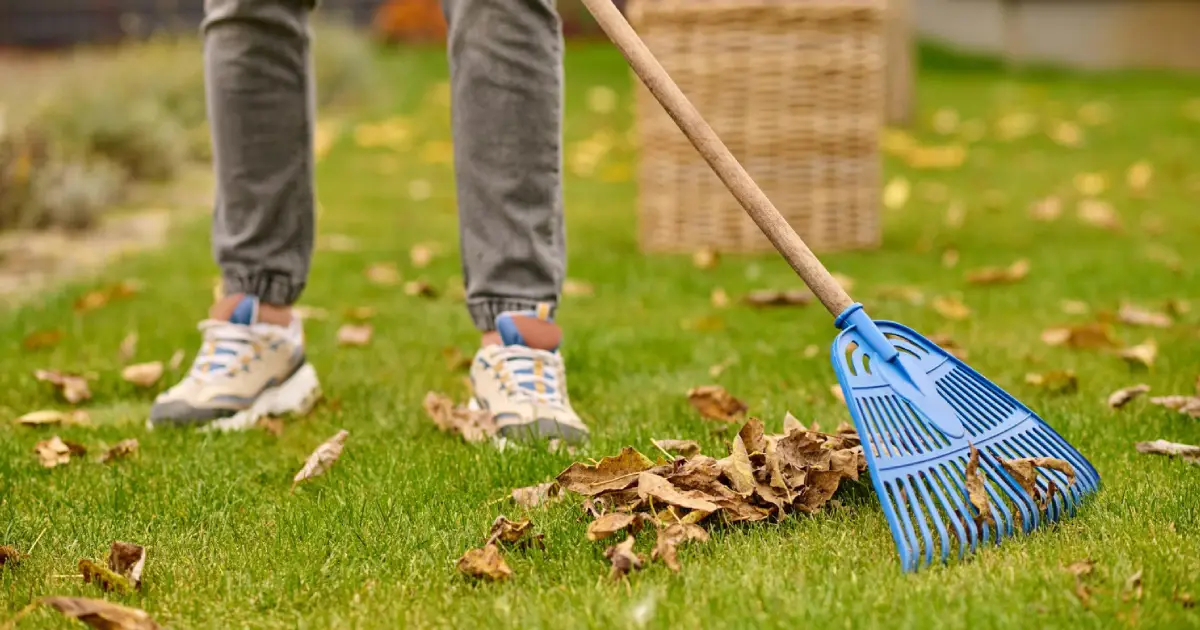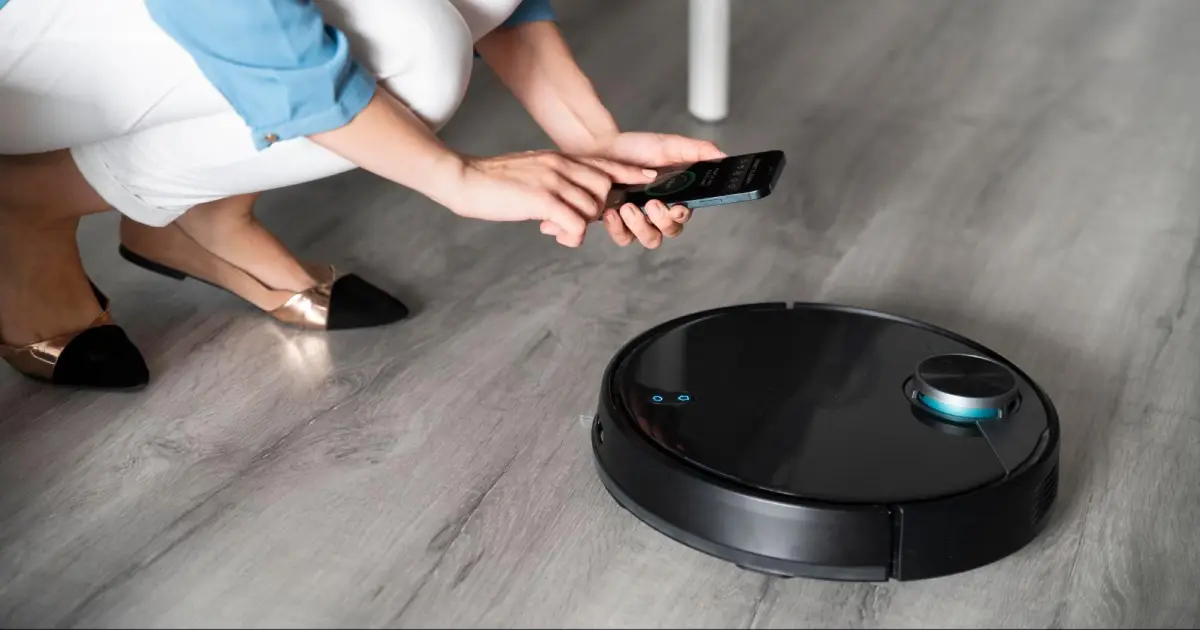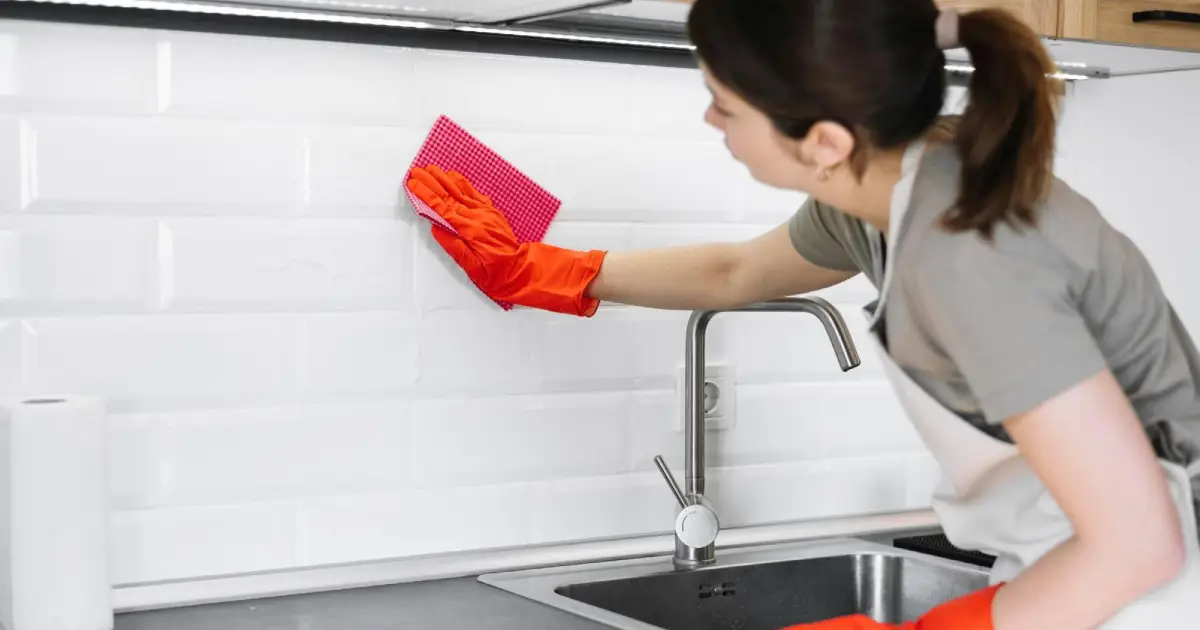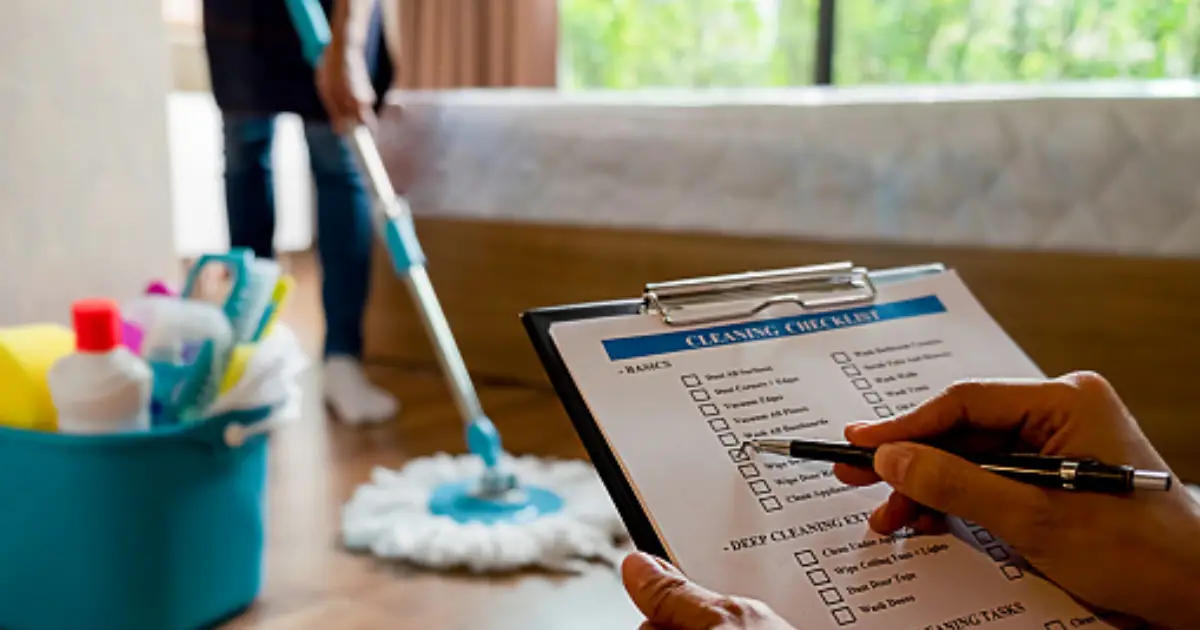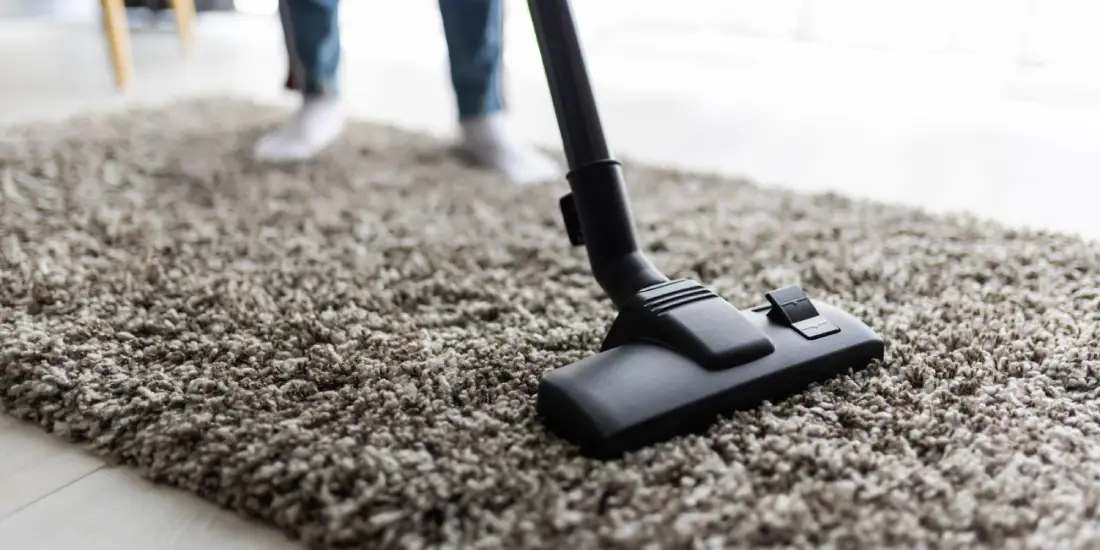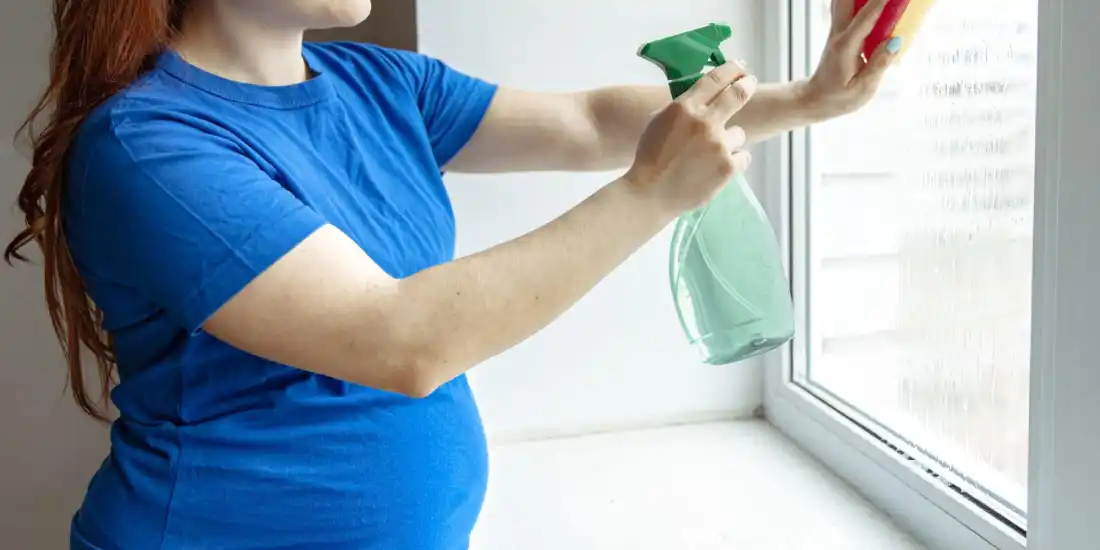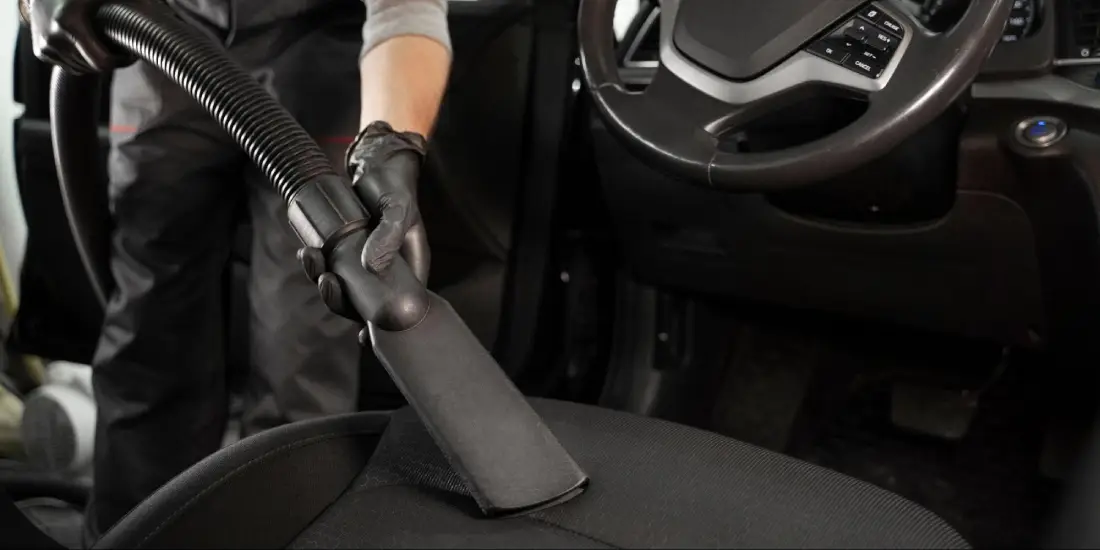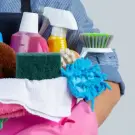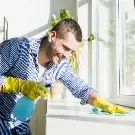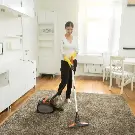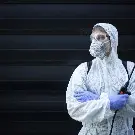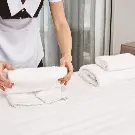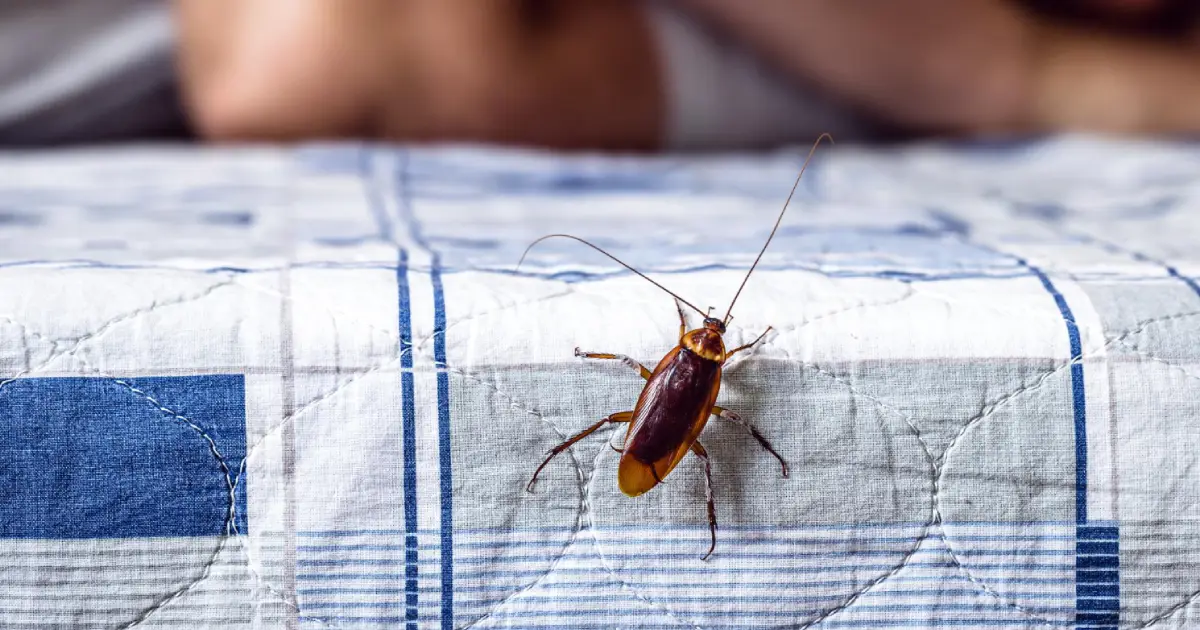
- Step 1: Identifying the Enemy
- Step 2: Creating a Bed Bug-Free Zone
- Step 3: Protecting Personal Belongings
- Step 4: Dealing with Bed Bugs in Big Furniture
- Step 5: Natural Bed Bug Solutions
- Step 6: Sealing Off the Enemy
- Step 7: Cleaning Floors and Walls - Keeping Bed Bugs at Bay
- Step 8: Pros and Cons of Using Pesticides - Weighing Your Options
- Step 9: Maintaining Your Social Life without Spreading Bed Bugs
- Step 10: Professional Extermination and Bond Cleaning Services
You wake up one morning with itchy, red welts on your skin. Not exactly the kind of "wake-up call" you were hoping for, right? Well, those itchy welts could be one of the first signs that bed bugs have invaded your space.
The presence of bed bugs in one's living environment can undoubtedly induce a significant degree of stress and discomfort. Acknowledging the gravity of this situation is paramount, as it sets the stage for addressing and mitigating the issue effectively.
In this blog, we endeavor to provide a comprehensive guide to assist you in the eradication of bed bugs from your living spaces. Bed bug infestations, while distressing, are not insurmountable challenges. By equipping yourself with the knowledge and strategies presented within this resource, you will be better prepared to confront and eliminate these unwelcome intruders from your home.
Step 1: Identifying the Enemy
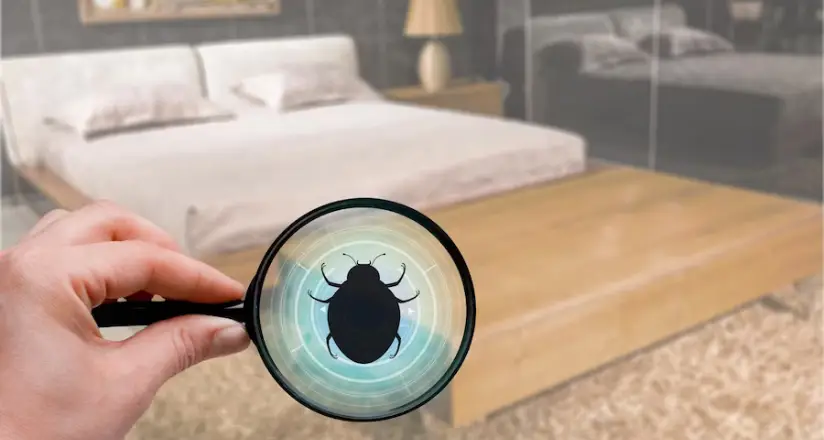
Watch out for these signs:
- Unexplained Bites: Bed bug bites are often red, and itchy, and can appear in clusters or a zigzag pattern. They typically show up on areas of your body that are exposed while you sleep, like your arms, legs, neck, and face.
- Tiny, Rust-Colored Stains: Bed bugs leave behind tiny fecal spots that look like dark, rust-colored dots. You might find them on your sheets, mattress, or even your pajamas.
- Blood Smears: If you accidentally squish a bed bug while rolling over during the night, you might spot small blood smears on your sheets or pillowcases.
- Eggshells and Shed Skins: Bed bugs molt as they grow, shedding their outer skins. You might come across these translucent, empty shells in your bedding or around hiding spots.
- Musty Odor: Some people describe the smell of a bed bug infestation as musty or sweet. If you detect an unusual odor in your bedroom, it could be a sign.
Step 2: Creating a Bed Bug-Free Zone

Here's how to make that happen:
Isolate Your Bed
One of the first steps is to isolate your bed from the rest of your room. This means using bed bug-proof encasements for both your mattress and box spring. These encasements seal up any hiding spots for bed bugs and prevent them from feasting on you while you sleep.
Regularly Wash and Dry Bedding
This is a critical step. Wash your bedding, including sheets, pillowcases, and blankets, in hot water and then dry them in the hottest setting. Heat is your ally against bed bugs, as they can't survive high temperatures.
Inspect and Vacuum
Regularly inspect your bed frame, headboard, and any nearby furniture for signs of bed bugs. If you spot any, take action immediately. Vacuum your mattress and the area around your bed regularly. Make sure to empty the vacuum outside to prevent any potential escapees from returning.
Declutter Your Bedroom
Bed bugs love hiding in clutter. So, declutter your bedroom and minimize hiding spots. It'll make it easier to spot and deal with any bed bug intruders.
Use Bed Bug Traps
These are like little sentinels guarding your bed. Place bed bug traps under the legs of your bed frame. They'll catch any bed bugs trying to climb up and join you for dinner (literally).
Regular Inspections
Keep an eye out for any signs of bed bugs in your Bed Bug-Free Zone. Check your traps and bedding regularly to make sure your bed remains a bug-free haven.
Step 3: Protecting Personal Belongings
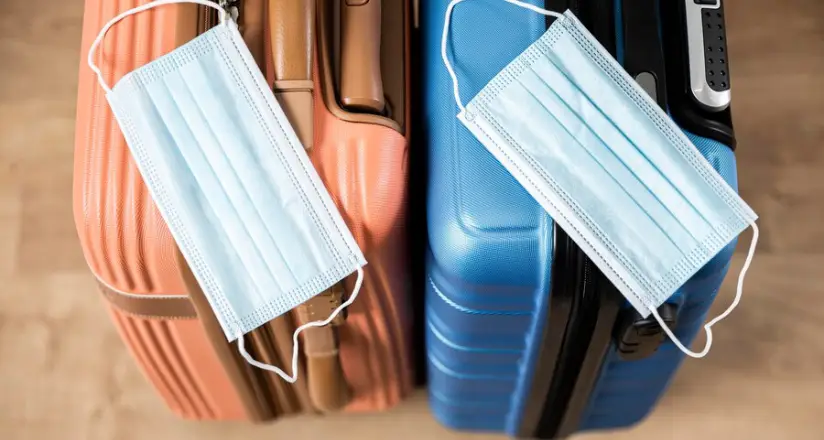
When it comes to safeguarding your stuff from bed bugs, follow these steps:
- Inspect: Regularly check your personal items for signs of bed bugs.
- Wash and Dry: Launder clothing, bedding, and fabrics in high heat.
- Use Encasements: Cover mattresses and pillows with bed bug-proof covers.
- Isolate: Keep your luggage and bags off the floor and away from potential infestations.
- Vacuum: Use a vacuum with a crevice tool to clean bags, backpacks, and closets.
- Heat Treatment: For small items, consider using heat treatments to kill bed bugs.
Step 4: Dealing with Bed Bugs in Big Furniture
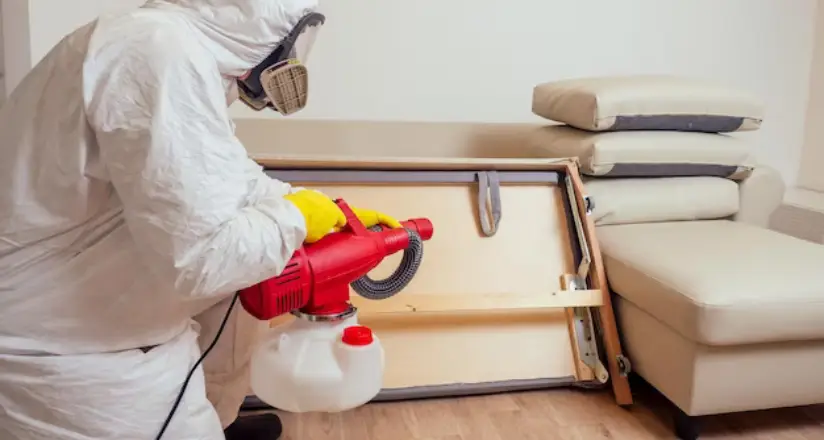
Upholstered furniture provides numerous hiding spots for bed bugs, such as seams, folds, and underneath cushions. They are attracted to the warmth and carbon dioxide that humans emit, making your comfy sofa or favorite chair an attractive hiding place.
To get bed bugs out of upholstered furniture, you'll want to start by thoroughly inspecting the furniture. Look for any signs of bed bugs, like tiny reddish-brown bugs, small white eggs, or dark spots (bed bug feces). If you find any, use a vacuum cleaner with a hose attachment to carefully vacuum the entire piece of furniture. Pay close attention to seams, crevices, and folds where bed bugs like to hide. After vacuuming, empty the vacuum bag or canister into a sealed plastic bag and dispose of it outside your home.
Next, you can use a steam cleaner on your upholstered furniture. The high heat from the steam will kill the bed bugs and their eggs. Make sure to move the steam cleaner slowly to ensure a thorough treatment. After steaming, let the furniture dry completely.
Finally, consider using a bed bug spray or powder specifically designed for upholstery. Follow the product's instructions carefully to treat the furniture and prevent a bed bug comeback.
Step 5: Natural Bed Bug Solutions
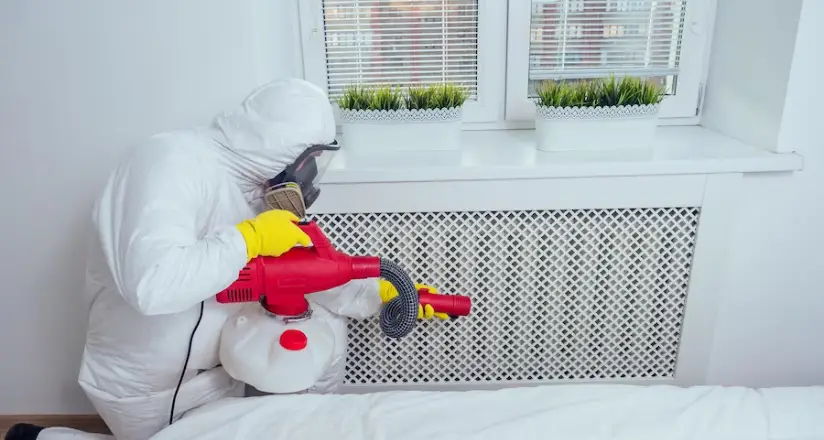
Now, you might be wondering
What are natural remedies to get rid of bed bugs?
Natural remedies offer a safer and more eco-friendly way to combat bed bugs. One of the most effective natural solutions is Diatomaceous Earth (DE). DE is a fine powder made from the fossilized remains of tiny aquatic organisms. It works by physically damaging the outer layer of bed bugs, causing them to dehydrate and die.
Here's how to use Diatomaceous Earth:
- Safety First: Wear a mask and gloves when handling DE to avoid inhaling it.
- Apply DE: Lightly sprinkle a thin layer of DE in areas where you suspect bed bug activity. Focus on cracks, crevices, and hiding spots. Make sure not to use too much, as a little goes a long way.
- Wait and Reapply: Leave the DE in place for a few days to allow it to work. Bed bugs will come into contact with it as they move around. Reapply as needed until you no longer see signs of bed bugs.
In addition to Diatomaceous Earth, there are other natural remedies you can try, such as:
- Lavender oil: Bed bugs dislike the smell of lavender. Mixing lavender oil with water and spraying it in infested areas can deter them.
- Peppermint oil: Peppermint oil can have a similar effect to lavender oil. Mix it with water and spray it around suspected areas.
- Tea tree oil: Known for its insect-repelling properties, tea tree oil can be mixed with water and applied to infested areas.
- Cloves: Placing whole cloves or clove oil near bed bug hiding spots can discourage them.
Step 6: Sealing Off the Enemy
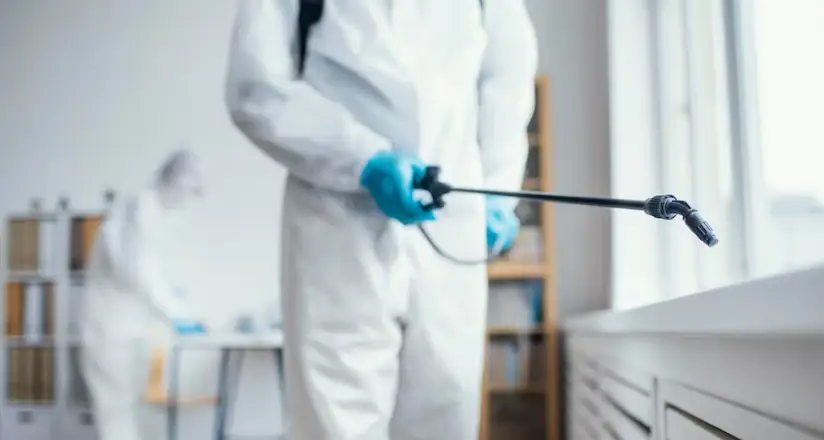
How to Prevent Bed Bugs from Moving Around by Sealing Cracks and Crevices
Bed bugs are notorious for squeezing into tiny cracks and crevices, making them hard to reach and eliminate. To stop them in their tracks, follow these steps:
- Identify Hideouts: First, inspect your living space thoroughly to locate potential hiding spots. Common areas include baseboards, electrical outlets, wall voids, and even seams in wallpaper.
- Gather Supplies: You'll need sealant, such as caulk, and a caulking gun to seal these openings. Make sure the sealant is appropriate for the material you're working on (e.g., silicone-based for smooth surfaces, latex-based for porous surfaces).
- Prepare the Area: Clean the surfaces around the cracks and crevices you intend to seal. This ensures better adhesion for the sealant.
- Apply the Sealant: Load the caulking gun with the sealant and apply a generous bead along the crack or crevice. Use a smooth, continuous motion to create a tight seal. Ensure that you cover the entire length of the opening.
- Smooth and Clean: After applying the sealant, use a damp cloth or your finger to smooth it out and remove any excess. Clean up any sealant that may have smeared onto surrounding surfaces.
- Repeat as Needed: Continue this process for all identified cracks and crevices in the affected area. Bed bugs won't be able to hide or move freely if their hiding spots are sealed off.
Step 7: Cleaning Floors and Walls - Keeping Bed Bugs at Bay
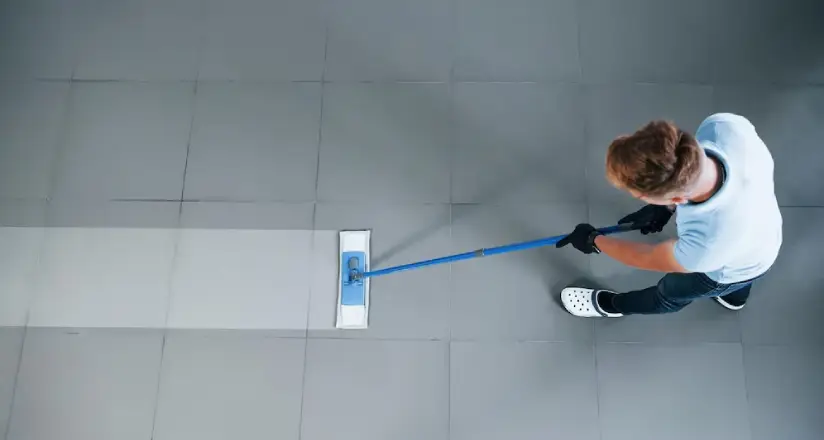
Preventing bed bugs from returning is just as crucial as eliminating them in the first place. Here are some precautions to consider
Regular Inspection
Make it a habit to inspect your sleeping area regularly, checking for any signs of bed bugs. Early detection can prevent a full-blown infestation.
Travel Smart
When traveling, inspect hotel rooms for bed bugs before unpacking. Keep your luggage elevated and away from beds or upholstered furniture.
Laundry Vigilance
Wash and dry your bedding, clothing, and any fabric items on high heat when returning from a trip. Bed bugs can't survive extreme temperatures.
Avoid Secondhand Furniture
Be cautious when bringing secondhand furniture into your home. Inspect it thoroughly for signs of bed bugs before introducing it.
Seal Entry Points
Continue sealing cracks and crevices as discussed in Step 5 to prevent bed bugs from re-entering your living space.
Step 8: Pros and Cons of Using Pesticides - Weighing Your Options
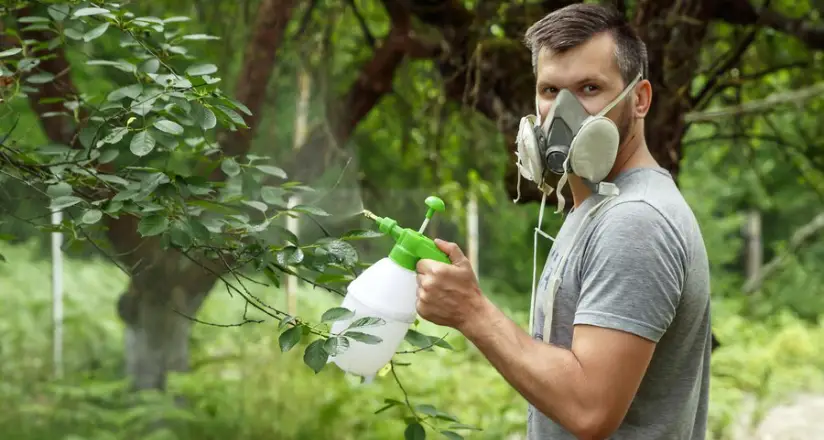
Pros of Using Pesticides
- Effective: Pesticides, when used correctly, can be highly effective at killing bed bugs and their eggs.
- Fast Action: Pesticides can provide a relatively quick solution to a bed bug problem, especially when the infestation is caught early.
- Professional Expertise: Pest control professionals have the knowledge and experience to select and apply the right pesticides for a specific situation.
Cons of Using Pesticides
- Health Risks: Pesticides can be toxic to humans and pets. Exposure to these chemicals can lead to health problems if not used with caution.
- Resistance: Some bed bug populations have developed resistance to certain pesticides, making them less effective.
- Environmental Impact: Improper use or disposal of pesticides can harm the environment, including beneficial insects and wildlife.
- Incomplete Eradication: Pesticides may not eliminate all bed bugs, especially those in hard-to-reach areas or those protected by pesticide-resistant strains.
- Reinfestation Risk: If the root cause of the infestation, such as clutter or cracks, isn't addressed, bed bugs can return even after successful pesticide treatment.
Step 9: Maintaining Your Social Life without Spreading Bed Bugs
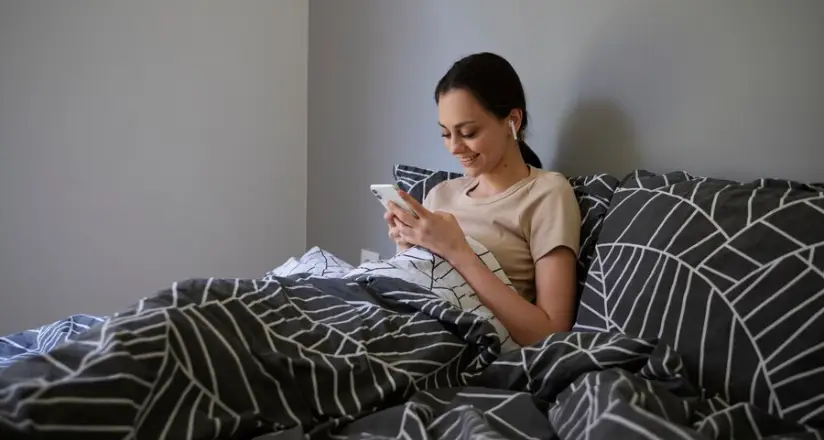
If you suspect you have bed bugs, it's advisable to postpone your visit until the issue is resolved. Additionally, when visiting loved ones, minimize the risk of carrying bed bugs by traveling light and bringing only essential items with you. If you're staying overnight, bring bed bug-proof encasements for your mattress and pillows to add an extra layer of protection. If you suspect a bed bug problem, consider discreetly informing your host to help them take preventive measures to safeguard their home. After your visit, follow bed bug prevention measures by promptly washing and drying your clothes on high heat to eliminate any potential hitchhiking bed bugs. These precautions can help you enjoy your social life without spreading bed bugs to others.
Step 10: Professional Extermination and Bond Cleaning Services
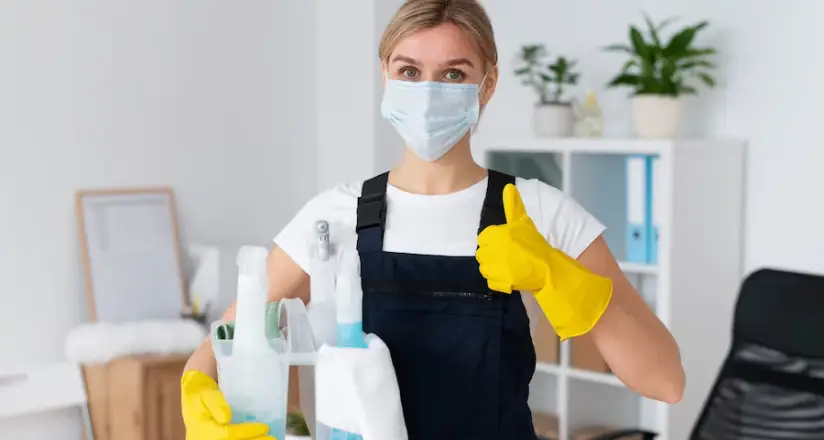
- Inspection: Professionals start by conducting a thorough inspection of your property to assess the extent of the infestation and identify bed bug hiding spots.
- Treatment Planning: Based on the inspection findings, exterminators develop a customized treatment plan that may include a combination of methods such as chemical treatments, heat treatments, and steam cleaning.
- Safe Application: Exterminators are trained to apply treatments safely and effectively, minimizing risks to you and your family.
- Monitoring and Follow-Up: Professionals monitor the progress of the treatment and provide follow-up visits as needed to ensure bed bugs are eradicated.
- Education: They also educate homeowners on preventive measures to reduce the risk of future infestations.
Bond Cleaning Services
In addition to extermination, some professionals offer bond cleaning services, which are essential if you're moving out of a rented property. Bond cleaning ensures you leave the property in the same condition as when you moved in, and it includes thorough cleaning to prevent disputes with your landlord and ensure you get your security deposit back.
From identifying the signs of infestations to using natural remedies, sealing hideouts, and even maintaining your social life responsibly, you've been armed with knowledge and strategies to fight these persistent pests. Remember that dealing with bed bugs can be challenging, and success may not come overnight. It's a battle that requires patience and persistence. So, if you have a bed bug problem, consider enlisting the assistance of professionals to assist you in your battle.

Professional Cleaning Services in Gold Coast
book now
Recent Posts
-
![Comprehensive Guide to Bond Cleaning with Ozclean]()
A Comprehensive Guide to Bond Cleaning with Ozclean
January 18, 2024
Admin
-
![blog-thumbnail]()
-
![blog-thumbnail]()
The Complete Guide to Dog Hair Removal from Office Carpets
December 28, 2023
Admin
-
![blog-thumbnail]()
Winter Cleaning Tips For Outdoor Spaces
August 03, 2023
Admin
-
![blog-thumbnail]()
Robotic Vacuums: Advantages And Disadvantages
April 14, 2023
Admin
-
![blog thumbnail]()
Tips For Cleaning Your Kitchen Efficiently And Effectively
March 30, 2023
Admin
-
![blog-thumbnail]()
Room-by-Room Cleaning Checklists for an Efficient Clean
March 08, 2023
Admin
-
![blog-thumbnail]()
Effective Ways To Remove Rust Stains From Bathtub
January 31, 2022
Admin
-
![blog-thumbnail]()
5 Effective Carpet Cleaning Hacks
January 10, 2022
Admin
-
![blog-thumbnail]()
5 Cleaning Tips For Pregnant Ladies
December 27, 2022
Admin
-
![blog-thumbnail]()
6 Tips To Choose The Ideal Vacuum Cleaner For Your Car
December 13, 2022
Admin
-
![blog-thumbnail]()
5 Benefits When You Chose Professional Roof Cleaning
May 03, 2022
Admin



